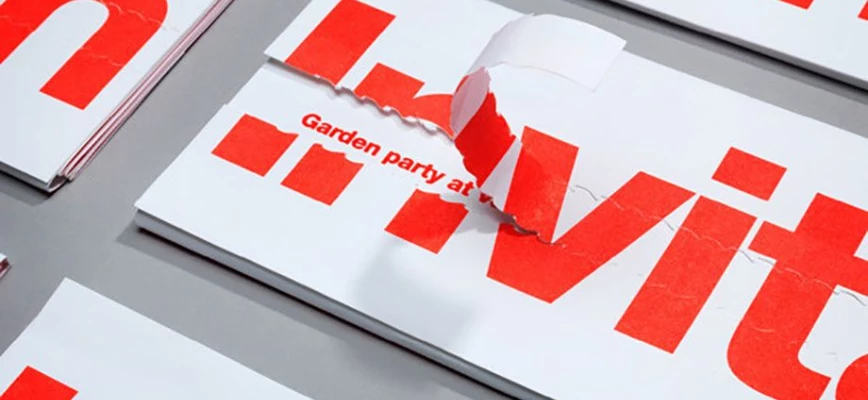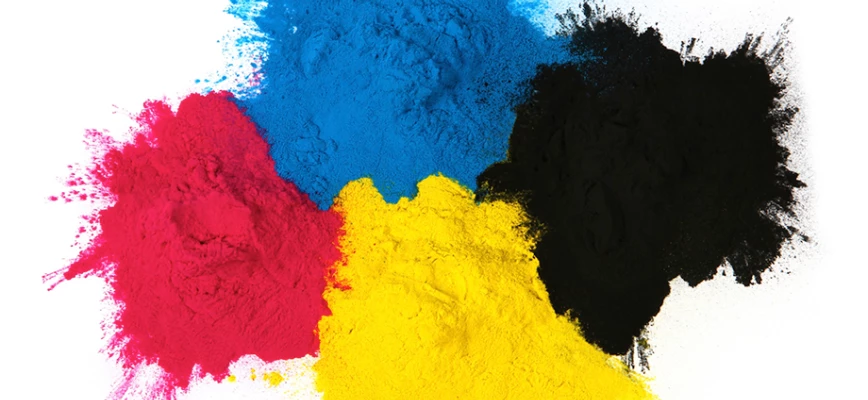29/01/2018
by Dimitri Van Gaever
Forget your grandmother’s wallpaper which peeled off in the corners, tore at the seams, bubbled up – is that mould?! – and looked dated because, bless her heart, it simply was.
29/01/2018
by Dimitri Van Gaever
Back in the day, no one bothered to redo the walls unless the paper was totally worn out or mushrooms got to it. And you couldn’t blame them, really. Wallpaper took ages to apply (and remove), not to mention a great deal of skill. Now enter the age of non-woven wallpaper and all the advantages it brings …
Non-woven wallpaper is an innovative mixture of synthetic and natural fibres which are also used for making gauze, coffee filters and teabags. The fibres are combined with binders, reinforced with acrylates and usually blended with extra pigments to ensure opacity. Ever since non-woven wallpaper was first introduced about a decade ago, it has done nothing but gain market share. Sales have more than doubled since 2007, while regular paper sales are down 43 percent. Non-woven is fast becoming every interior designer and wallpaper printer’s preferred substrate for at least four reasons:
A general panic about mould-related illnesses was one of the main reasons why wallpaper fell from grace somewhere back in the 90s. Wallpaper in itself evidently did not cause mould issues, but the nature of the paper substrate manufacturers used meant that wallpaper was unable to breathe, locking in vapours between itself and the wall. None of that with non-woven wallpaper, though, which is a breathable material.
More and more wallpaper manufacturers are turning to digital printing, for which non-woven is the perfect (and only) substrate. It remains stable both in dry and humid conditions and, when combined with a Xeikon printing solution, is compatible with a unique kind of dry toner that emits no VOCs and is even FDA-approved. Perfect for wallpapering offices and other public areas!
Discover the benefits of digital wallpaper printing.
Need we say more? Non-woven wallpaper is renowned for its sturdiness, making it durable and not to forget washable.
A stable substrate also guarantees seamless results, and wallpaper that is both easy to apply and dry strippable. Gone are the days when removing old wallpaper meant steaming and scraping. Some types of non-woven even allow you to remove wallpaper from one wall and apply it to another, all in one piece.
If you’re a digital wallpaper printer or designer who won’t settle for less than top-quality non-woven backings, be sure to visit the Printmedia website as of March 2018. It contains an overview of non-woven substrates produced by high-end manufacturers including Felix Schoeller, Lahnpaper, Ahlstrom, Neu Kaliss and Glatfelter, all of which were tested for quality as well as compatibility with Xeikon’s wallpaper printing solutions.

02/02/2023
by Dimitri Van Gaever

02/02/2023
by Dimitri Van Gaever

02/02/2023
by Dimitri Van Gaever
State-of-the-art printing technology
Consistently top-notch imagery
Over 30 years of experience
Expert advice & guidance